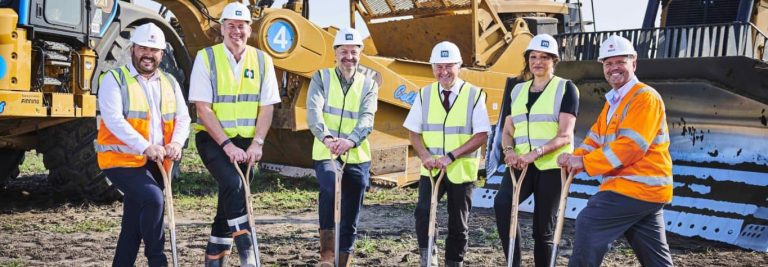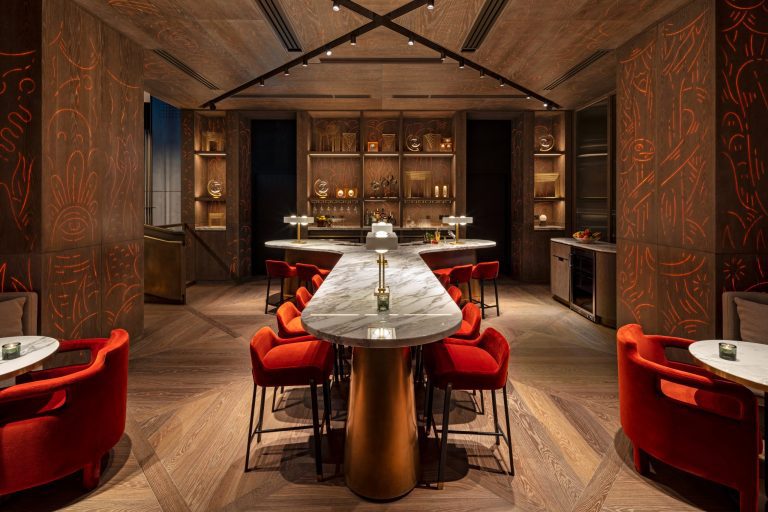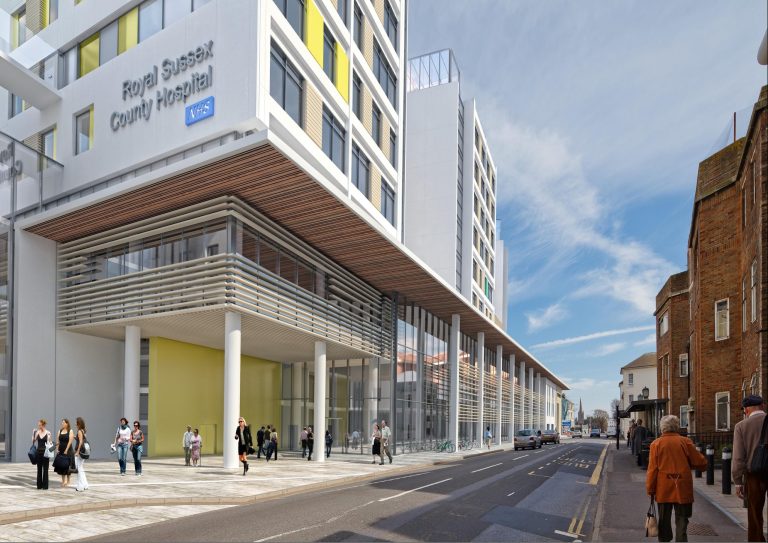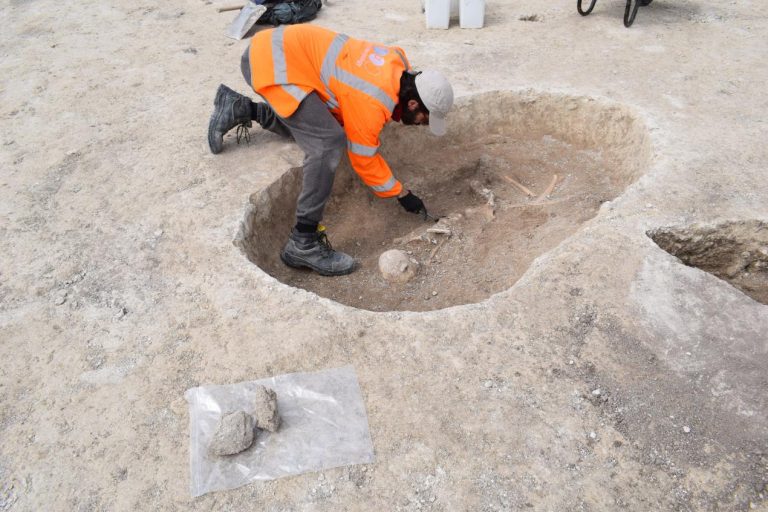Main contractor Laing O’Rourke has awarded the £1.5m furniture and fitout contract for the first phase of the £485m 3Ts redevelopment of Royal Sussex County Hospital in Brighton to Deanestor, one of the UK’s leading hospital fitout specialists. Deanestor will manufacture around 17,000 items of furniture for the project and will be fitting out 2,000 rooms across the new, purpose-designed 11-storey building. Deanestor has a long-standing relationship with Laing O’Rourke and architects BDP, and this latest contract follows their successful completion of fitout projects at Clatterbridge Cancer Centre Liverpool, The Grange University Hospital in Wales, Dumfries and Galloway Hospital in Scotland, and furniture provided for a number of Nightingale hospitals in the Covid-19 pandemic. Commenting on this latest project, Will Tonkinson, Managing Director of Deanestor, said, “We are delighted to be working once again with Laing O’Rourke and BDP, and on our 18th project for Laing O’Rourke. 3Ts is a major redevelopment project, which will modernise Royal Sussex County Hospital and provide state-of-the-art accommodation to improve the patient experience and support the Trust’s roles as a district general hospital, a specialist tertiary centre, a teaching hub, and a major trauma centre.” Stage one of the redevelopment, which is being fitted out by Deanestor, will house inpatient wards on the upper floors. The majority of patients will have single ensuite rooms with sea views. The lower floors accommodate outpatients and diagnostics services in spacious, modern surroundings. Public-facing services are located on the first and sixth floors and include main reception, waiting areas, retail units, café, and welfare and wellbeing facilities. The bespoke joinery package awarded to Deanestor includes a stunning 6m diameter main hospital reception desk for welcoming patients and visitors, and using natural walnut hardwood and veneers. 35 nurse stations and staff bases with solid surface finishes and wood grain fascias will be manufactured and installed across the building, together with 40 touchdown bases providing staff with convenient additional workspaces in the clinical areas. Deanestor is manufacturing hospital furniture for all consulting rooms, patient bedrooms, and utilities, including base and wall storage units with white Formica door fronts, adjustable shelving units – some with HTM71 tray inserts, and solid grade laminate worktops to patient bedrooms. The Deanestor team will be fitting over 10,000 individual products procured by the Trust such as rack storage systems, dispensers, clocks, noticeboards, benching, and white goods. Stainless steel furniture will also be provided for the catering areas on each floor as part of this contract, which is due for completion in Summer 2022. Originally established in 1948 to manufacture hospital furniture and fittings for the newly established NHS, Deanestor has the resources and expertise to manage 5,000-room hospital projects. It offers bespoke design services to meet specific project requirements and is responsible for installation to provide a seamless approach and a single point of contact for contractors, NHS trusts and other construction clients. For further information, visit www.deanestor.co.uk/healthcare, call 01623 420041 or email enquiries@deanestor.com












